
Security tokens deployed on a purpose-built blockchain may be the solution to financial institution adoption.
How can a securities-specific blockchain accelerate adoption?
A successful securities-specific blockchain fills all gaps in the current Ethereum architecture by providing efficiency, automation and transparency.
Aligning a functioning blockchain with the needs of modern capital markets will require solutions to governance, identity, compliance, confidentiality and settlement. To address these gaps, Polymath has spearheaded the creation of Polymesh, an institutional-grade, public, permissioned blockchain built specifically for regulated assets. In practice, the platform aims to address these five challenges by:
- Requiring users to validate their identity with a verified service provider when they are initially onboarded
- Automating the compliance of assets in a transparent and real-time manner to simplify their reporting and remove the need for complex systems
- Implementing a confidential transaction workflow that allows cryptographic proofs to be safely mixed with off-chain declarations.
- Operating under the governance of a main council and a set of specialized sub-committees
- Addressing the probabilistic finality that currently prevents the technology from acting as a golden ownership standard
Taken together, a securities-specific blockchain will address these five key gaps that exist in Ethereum's architecture. A securities-specific blockchain will also provide increased efficiency, automation and transparency to capital markets in general. These three factors will act as significant improvements in bringing down the costs and time for existing asset classes and processes. The result will be lower fees, new investable asset classes, more exciting options for investors.
Polymesh launched on Oct. 28, 2021, following a successful incentivized testnet with more than 4,300 users. Users can now use the chain to create, issue, and manage security tokens as well as participate in on-chain activities like governance and staking.
Disclaimer. Cointelegraph does not endorse any content or product on this page. While we aim at providing you with all important information that we could obtain, readers should do their own research before taking any actions related to the company and carry full responsibility for their decisions, nor can this article be considered as investment advice.
What issues need to be addressed in security tokens to bring them to institutional standards?
ERC-1400 has made security tokens much more viable for institutions, although concerns still exist around securing and settling public securities.
ERC-1400, a proposed standard for issuing and managing security tokens on the Ethereum blockchain, has already come a long way in making security tokens more viable for institutions. Unfortunately, these standards still lack functionality and scalability since general-purpose blockchains like Ethereum are not ideal for securities.
An area of contention still exists in how public securities can be cleared and settled. Some regulators already look to off-chain methods as a solution for recordkeeping, although they leverage on-chain security tokens to represent the securities themselves. On the other side, some regulators have fully embraced the blockchain as the golden source of truth. Furthermore, a debate still exists on the Central Securities Depository's role in improving processes.
What are security tokens, and what opportunities do they provide?
Security tokens create new possibilities due to their enhanced features and ability to follow existing regulations, with opportunities in fractionalizing asset pools or tokenizing cash flows.
Security tokens are regulated assets on the blockchain and can be identified as investment contracts. Security tokens can represent ownership in an asset such as equity, real estate, debt, etc. The only difference between them and a traditional asset is that each is created digitally. Due to their tokenized nature, security tokens can unlock the power of the blockchain by providing enhanced features, including automated operations, increased global liquidity pools, and the creation of new financial assets.
As a result, security tokens bring new opportunities for investments and reduce costs for everyone in capital markets. For example, a user can tokenize a cash flow from a specific product at a specific company. As a tokenized asset, investors can now gain exposure to the specific cash flow from the company rather than the whole company. Another example can be applied to real estate. In this example, owners can now sell a fraction of equity in a larger asset pool rather than an entire fund, providing benefits such as reduced friction and a quicker closing time.
Additionally, security tokens follow existing regulations. Therefore, regulators are generally comfortable with their usage since the industry has already clearly defined and shown an understanding of these laws.
What is preventing the widespread adoption of blockchain by financial institutions?
Although many institutions have been interested in the technology for a while, they still have concerns around regulatory uncertainty and the challenges with the existing infrastructure.
More institutions than ever before have become curious about blockchain. In fact, according to Deloitte's 2021 Global Blockchain Survey, almost 80% of the respondents shared that digital assets would become very important to their respective industries over the next 12 months.
Even though digital assets are being used more broadly, there are still obstacles that must be overcome prior to mainstream adoption by financial institutions.
Among these challenges is identity, which is often an after-thought that runs in opposition to the pseudonymity and decentralized nature of Ethereum (ETH), creating compliance challenges for issuers and investors alike.
Furthermore, governance has also proven to be an obstacle and risk due to the number of hard forks that typically occur during Ethereum upgrades. Finally, compliance is often hindered by transaction limitations within the technology architecture.

You can get bonuses upto $100 FREE BONUS when you:
💰 Install these recommended apps:
💲 SocialGood - 100% Crypto Back on Everyday Shopping
💲 xPortal - The DeFi For The Next Billion
💲 CryptoTab Browser - Lightweight, fast, and ready to mine!
💰 Register on these recommended exchanges:
🟡 Binance🟡 Bitfinex🟡 Bitmart🟡 Bittrex🟡 Bitget
🟡 CoinEx🟡 Crypto.com🟡 Gate.io🟡 Huobi🟡 Kucoin.



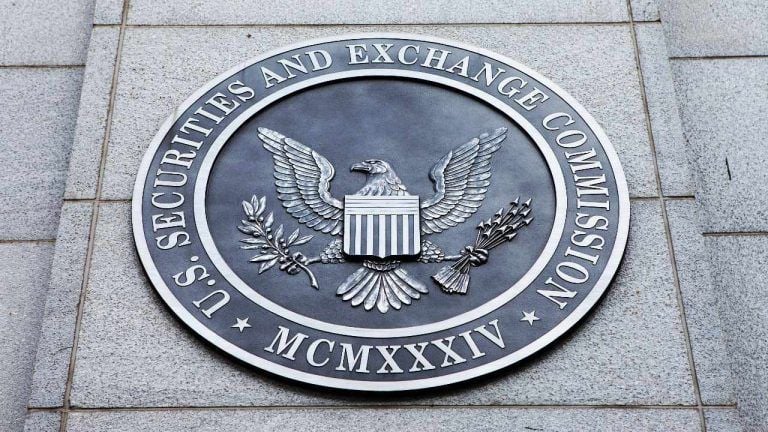




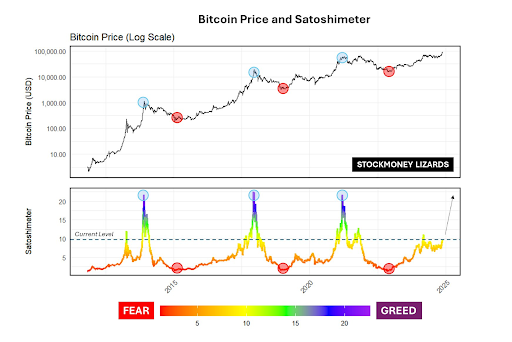
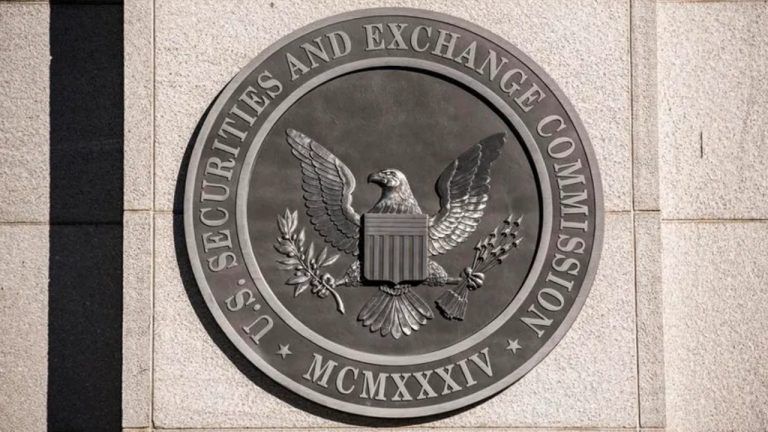

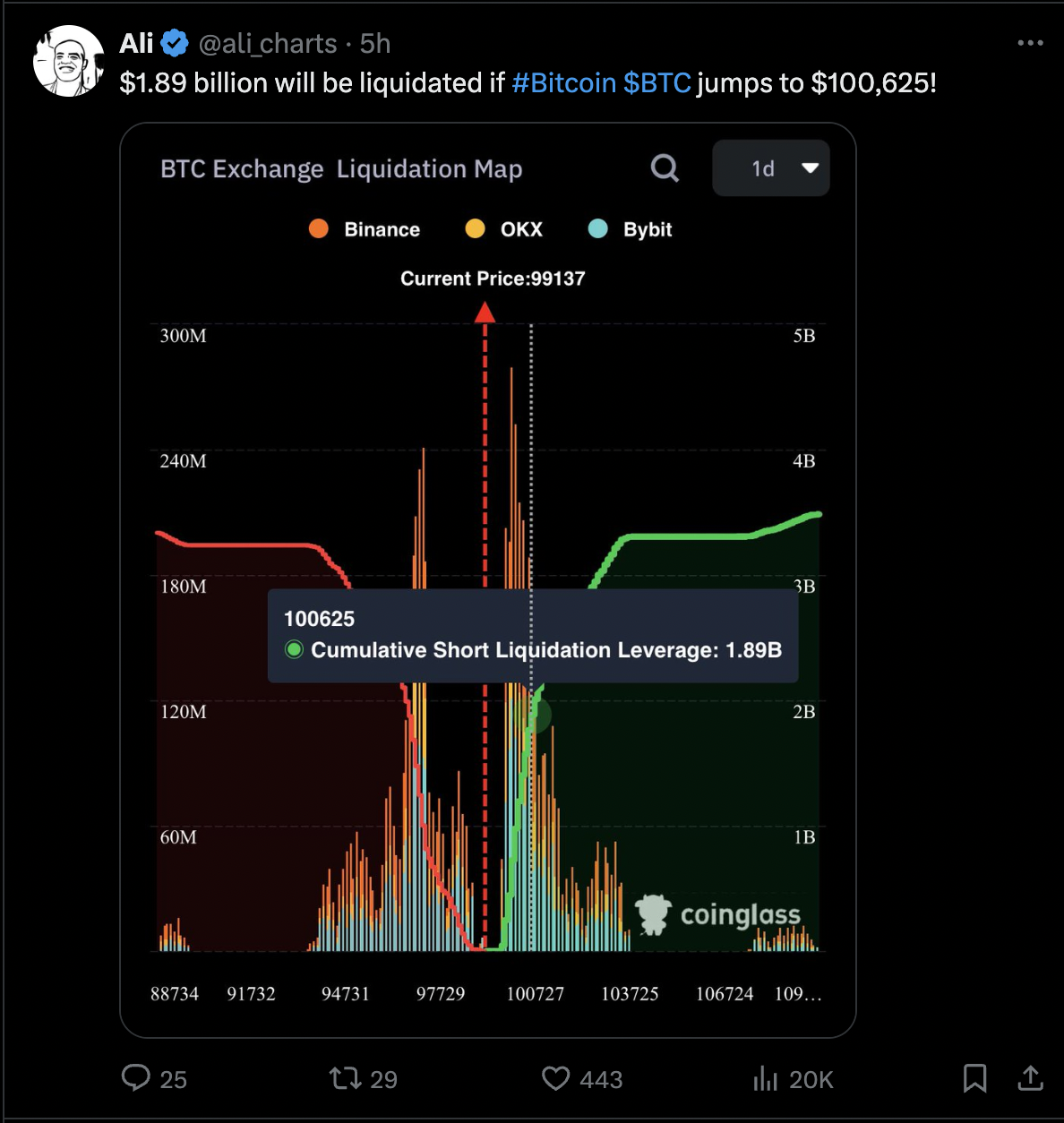
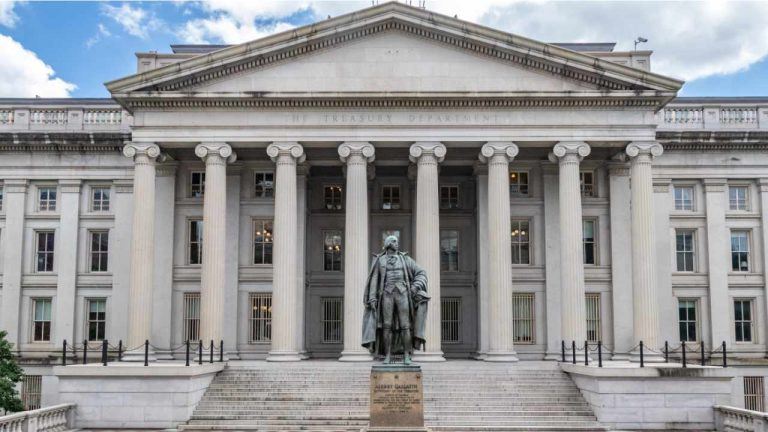

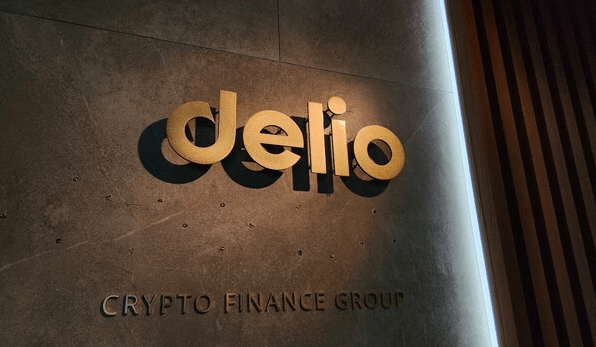





Comments